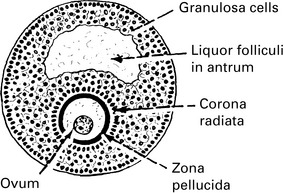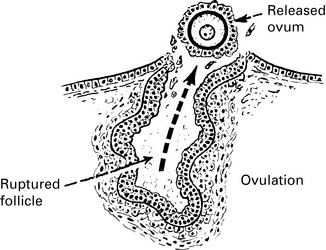Chapter 3 Physiology of the Reproductive Tract
Ovulation
Female reproductive physiology
In men, gamete production continues throughout life, whereas women develop their life supply of gametes during intrauterine life. See Chapter 1. The numbers decline even before birth, and there will be around 300,000 remaining at puberty.
Buy Membership for Obstetrics & Gynecology Category to continue reading. Learn more here












